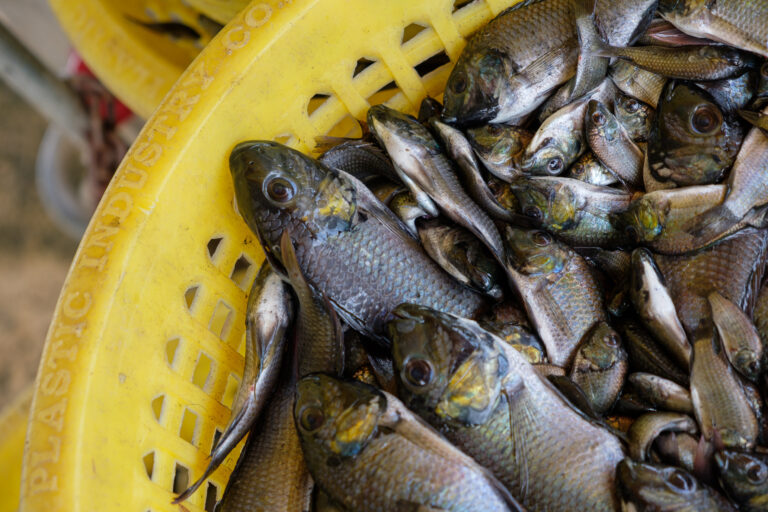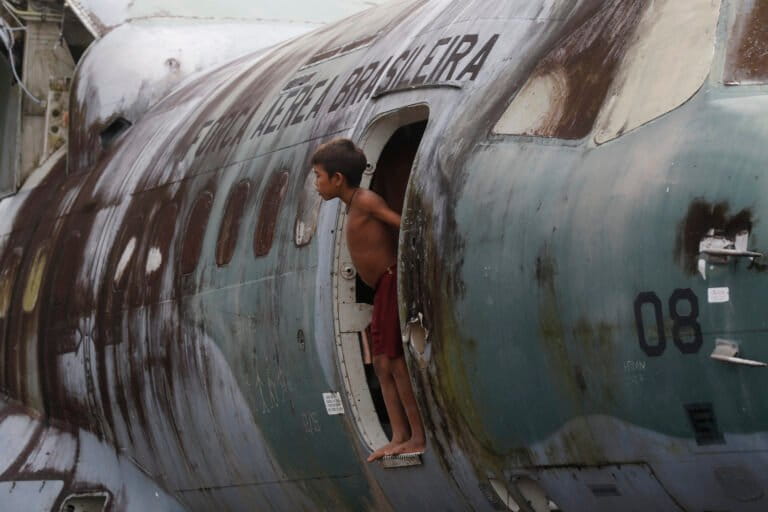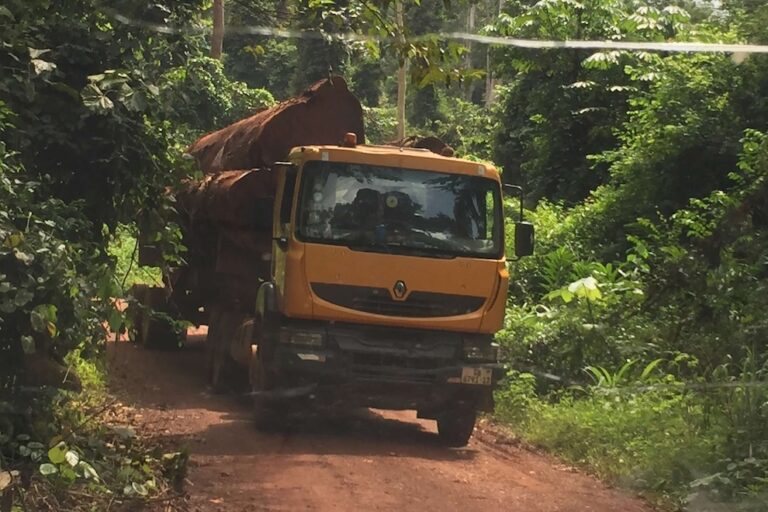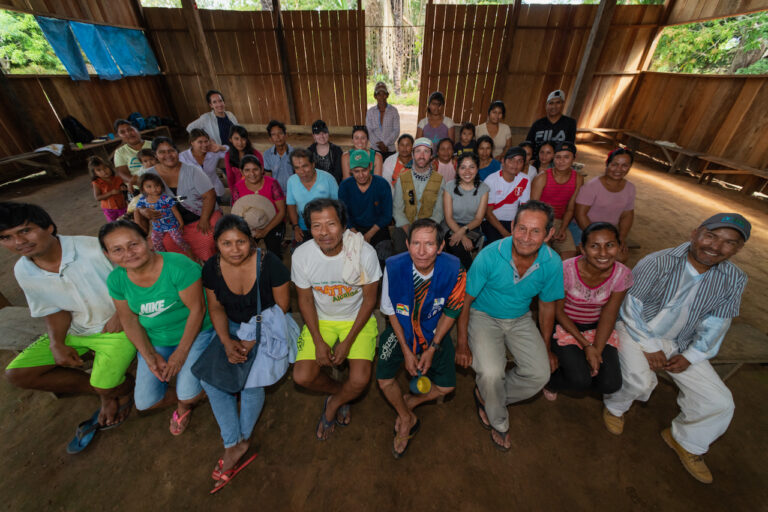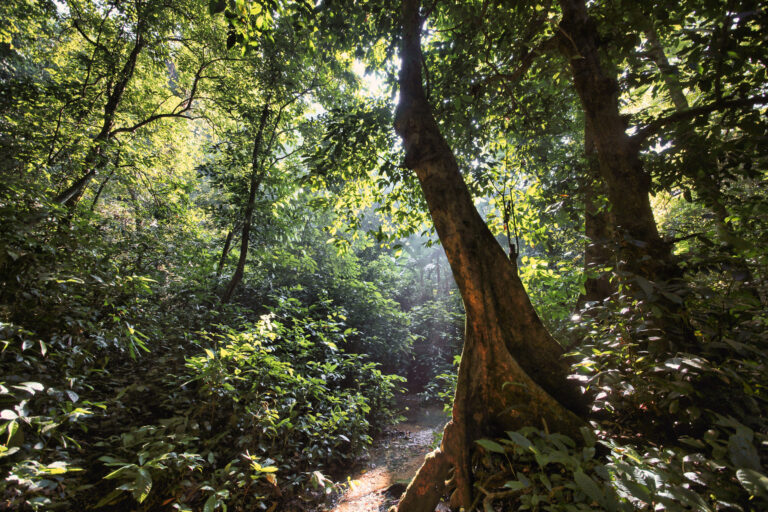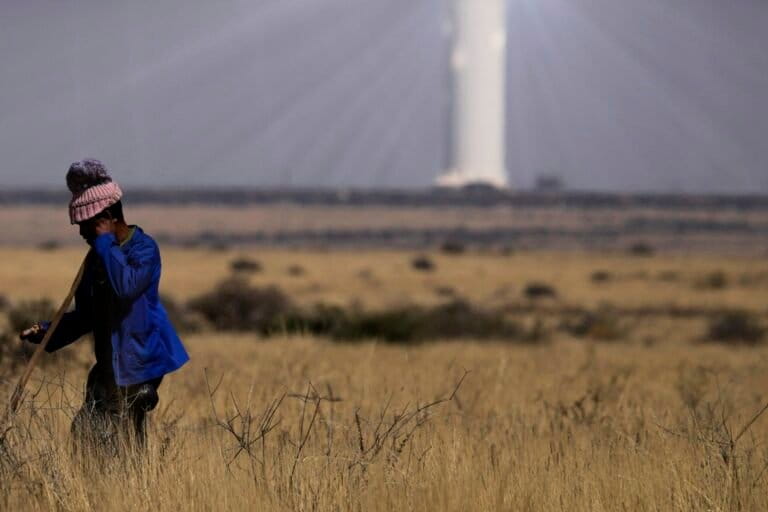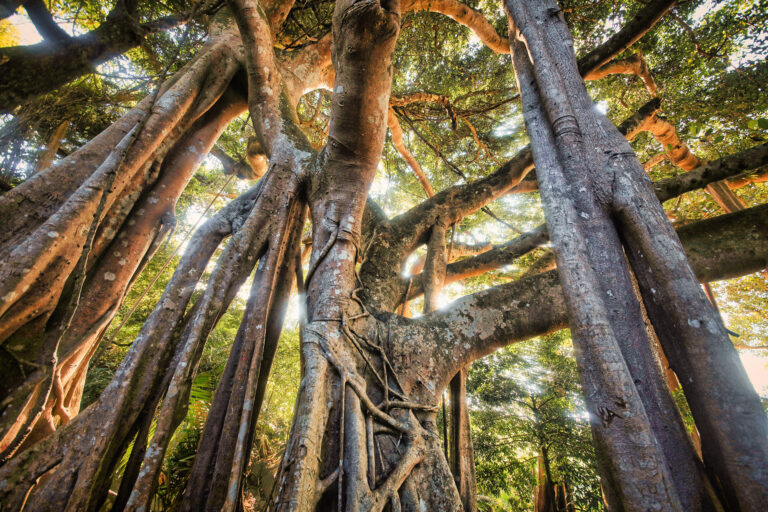- Residents, officials and experts blame dust from a coal storage facility in Jakarta’s port district for a spate of health problems in a neighboring community.
- Children in Marunda ward have been hit particularly hard, suffering from eye and skin problems and respiratory infections, in a city already notorious for its dirty air.
- City authorities inspecting the facility run by KCN, a public-private joint venture, have found several violations and revoked the company’s environmental permit.
- While KCN has offered to provide residents with free medical checkups, it has not acknowledged a link between its operation and residents’ health problems.
JAKARTA — In May, Indonesians breathed a sigh of relief when President Joko Widodo announced that masks were no longer required to be worn outdoors as a guard against COVID-19.
But for the 640 students of Marunda State Primary School in Jakarta’s northern port district, masks have remained a way of life.
The reason: not COVID-19, but coal dust from a nearby coal storage facility.
“The president already said that we don’t need to wear masks anymore. But here, we still have to wear masks because we have a problem,” the school’s vice principal, Inayatullah, told the assembled students during an outdoor flag ceremony on a recent Monday morning.
“Now tell me,” Inayatullah continued, “what is our problem?”
“COAL!” the students replied in unison.

Less than 500 meters, just over a quarter of a mile, from the school is an industrial site for unloading coal shipments owned by PT Karya Citra Nusantara (KCN), a company whose operation has been designated a national strategic project by the central government.
Marunda’s residents say they have been struggling with coal dust permeating the air since 2019, after KCN began to expand its operation, a key distribution point for coal headed to power plants in and around Jakarta.
The school’s principal, Purwatiningsih, says it has become impossible to ignore how quickly grime covers everything. Even breathing “feels weird,” she said.
She said she worries about her students: almost all of them, she said, live within a 10-minute walk of where KCN’s loading site can be seen from across the water in Jakarta Bay, meaning they’re constantly exposed to pollution both in and out of school.
“Even if we tell them to keep wearing masks at school, we don’t know their living conditions at home,” Purwatiningsih told Mongabay in her office at the school.
In April, the Jakarta Health Agency conducted a public screening in Marunda, bringing in eye, lung, skin and internal medicine specialists to assess local residents, according to Dr. Fify Mulyani, the head of the agency’s public health department.
Respiratory disorders, Fify told Mongabay, were reported by 18% of those surveyed, skin problems by 10%, and eye problems by 8%, suggesting that thousands of Marunda’s nearly 36,000 residents could be afflicted.

Fifi said further examinations would be necessary to definitively link the health problems to the coal dust. Still, many in the community already suspect that KCN’s operation is causing these problems, a view shared by some government officials, such as Retno Listyarti, a commissioner at the Indonesian Child Protection Commission (KPAI), and NGOs like the Jakarta Legal Aid Institute and Bersihkan Indonesia, a group that fights pollution.
The KPAI has identified three people, two of them children, who suffered from corneal ulcers caused by KCN’s coal dust, Retno told Mongabay.
“Coal dust particles are quite large,” Retno said. “They can damage the cornea.”
According to Dr. Elvioza, an ophthalmologist at the Jakarta Eye Center, a local hospital, coal dust exposure can damage the tear film, a thin fluid layer that covers the eye’s surface.
“Under normal circumstances, there are a lot of germs on the eye’s surface,” he told Mongabay. “Those germs do not cause infection because the tear film protects them.
“When the tear film is damaged due to external irritants such as dust, the germs enter and infect the eye. The worst impact that could arise from that problem would be a corneal ulcer which can lead to blindness.”
People exposed to coal dust may also develop breathing problems, ranging from respiratory infections in the short run to bronchitis, decreased lung function, or black lung in the long run, said Dr. Agus Dwi Susanto, chairman of the Indonesian Association of Pulmonologists.
“Ideally, a coal storage area would be located far from a residential area,” he told Mongabay.
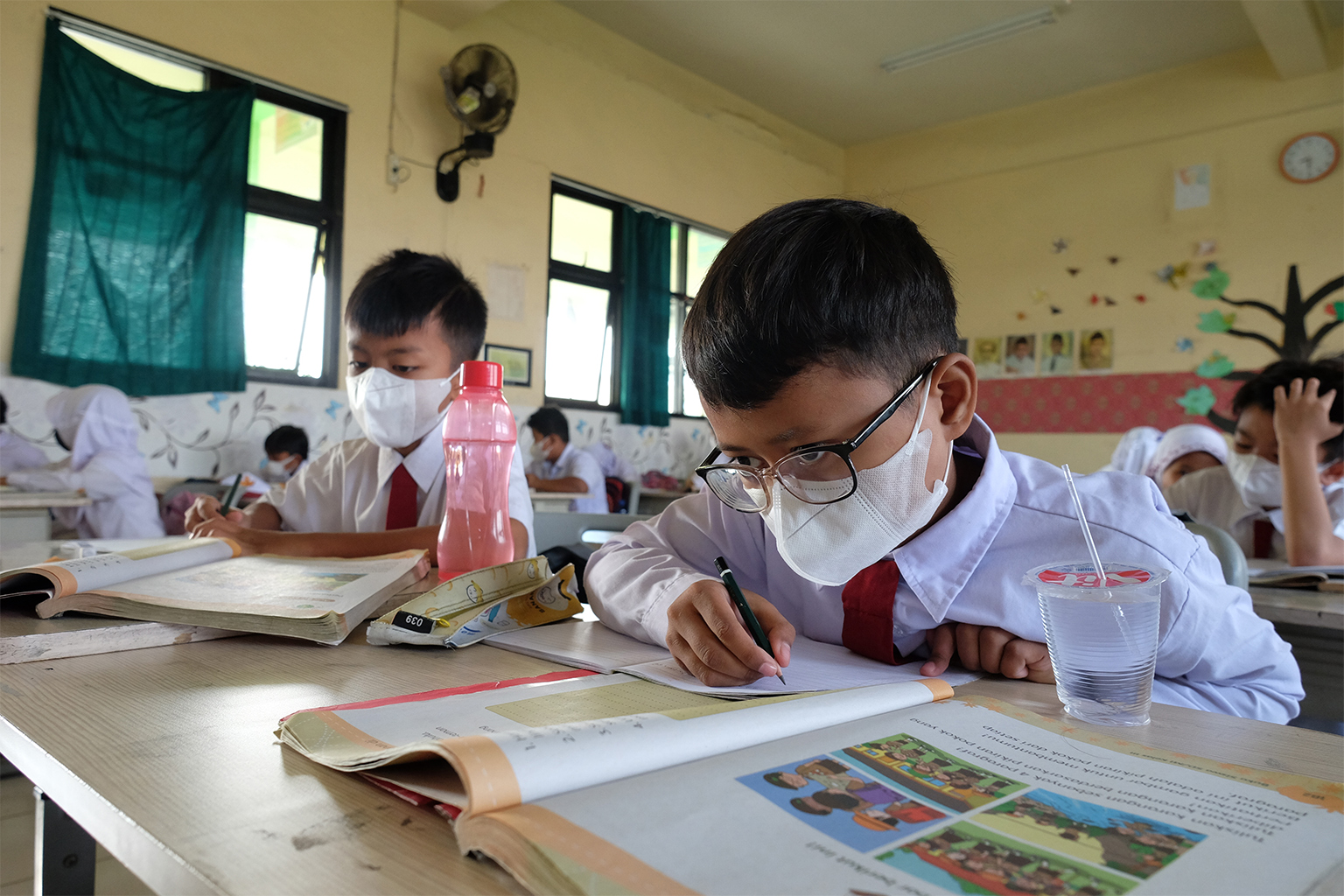
‘The dust has gotten out of hand’
The greater Jakarta area, including its satellite cities, is home to some 30 million people. It routinely tops the list of major cities with the most polluted air. While many cities around the world saw their air quality improve during the coronavirus lockdowns, which drastically reduced traffic, the Indonesian capital, which is surrounded by coal-fired power plants, was a notable exception.
While Indonesia’s coal industry is one of the largest in the world, discussion around the pollution it causes typically centers on mines and power stations. But the controversy in Marunda has broadened the focus to include pollution from coal distribution facilities, which has prominently affected not only Jakarta but cities and regions like Cirebon, Jambi, North Konawe, and the Tidore Islands.
“The Marunda case is only one of many cases” in Indonesia, Melky Nahar, coordinator of the Mining Advocacy Network (Jatam), an NGO, said in an interview.
“It has happened many times, but our government is not serious about ensuring that companies operate according to legal procedures. So the government will start to evaluate after there are violations that happened. There is no mitigation effort.”
Because they tend to spend more time playing outside than adults, children bear the brunt of the impact from air pollution in Jakarta, according to UNICEF’s 2020 “Situation of Children in Indonesia” report, which listed air pollution as one of three main risk factors for child mortality in the country.

Among those who have suffered health problems is Rami*, a child living in Marunda.
Rami suffered a chronic eye problem two years ago. At the time, he was playing in the playground near the school building when a cloud of dust hit his eye. Rami’s immediate reflex was to rub them out, but the sharp dust particles wounded his eyes even further.
“[By the time I opened my eyes], there was already pus coming out,” Rami, now 9 years old, told Mongabay in the school’s principal’s office. His wounds led to an infection, and he was diagnosed with corneal ulcer. He then had to undergo an operation to replace his damaged cornea.
Jeni, 30, a mother of four who lives in Marunda with her family, said that in 2019, two of her children began to suffer from respiratory infections.
At the time, she could not wrap her head around the root cause that led her children, then aged 2 and 1, to be afflicted with health problems. Back then, only one thing seemed certain: one of her sons, Ara*, today a 6-year-old who lives with mild autistic symptoms, would start to feel better once brought to a different place.
“Children with autism undergo routine therapy, but nutrition and environmental factors also need to be monitored so that his symptoms don’t get worse,” Jeni said. “But [the dust problem] here has gotten out of hand. Children playing outside become covered with it, and they come home dirty.”

Jeni and Rami are among hundreds of Marunda residents who moved to the coastal neighborhood from other parts of the city after the Jakarta provincial government evicted them to make way for infrastructure projects in Pluit, Ancol, Rawajati and other neighborhoods.
Both families live in the low-cost Marunda public housing project, or rusunawa, as it’s known in Indonesian, built by the government in 2008 to house Jakartans relocated from other areas.
The evictions were a key campaign issue against former Jakarta governor Basuki “Ahok” Tjahaja Purnama in the 2017 election, ultimately contributing to his defeat by Anies Baswedan, the current governor, who promised a softer stance. But evictions have continued under Anies, including in Jeni’s former neighborhood, where residents were forced out to make way for a water pipe project.
The irony of the situation wasn’t lost on the Marunda Rusunawa Community Forum (F-MRM), which pointed it out in one of its press releases.
“Most of the residents of Marunda are residents who have experienced eviction, have been relocated, and have lived with the hope that their lives will be ‘better,’” the forum, which advocates on behalf of Marunda residents affected by the coal pollution, said in a statement. “But in fact, the residents of Marunda have to breathe dirty air due to coal dust until now.”
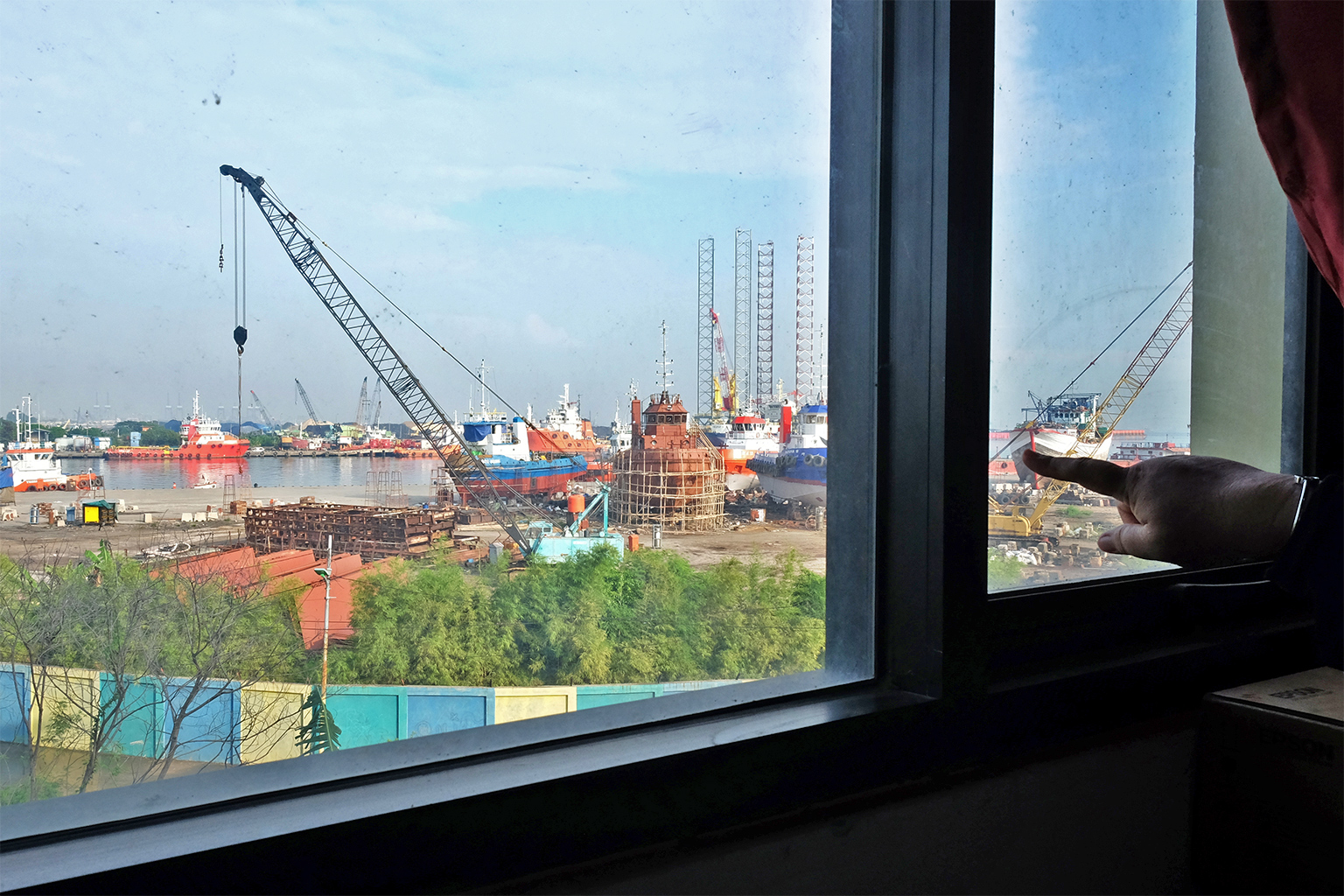
Right to clean air
Following demonstrations by the F-MRM, the Jakarta government carried out a screening and evaluation of KCN’s operation and legal documents.
The city’s environmental agency ultimately identified 32 violations, from overlooking administrative requirements to errors in the process of unloading coal. In March, it sanctioned the company, ordering it to resolve the issues by June 15. But after the company failed to do so, the city revoked its environmental permit and ordered it to stop operating until it had amended the issue, according to Asep Kuswanto, head of the environmental agency.
While KCN has offered to provide residents with free medical checkups, it has not acknowledged a link between its operation and residents’ health problems, and has called on observers to wait until further investigation can clarify the issue.
“KCN has formed an investigation team to follow up on all forms of reports and accusations that harm the company,” KCN spokesperson Maya Tunggagini told Mongabay. “For that, we ask all parties to respond to this objectively.”
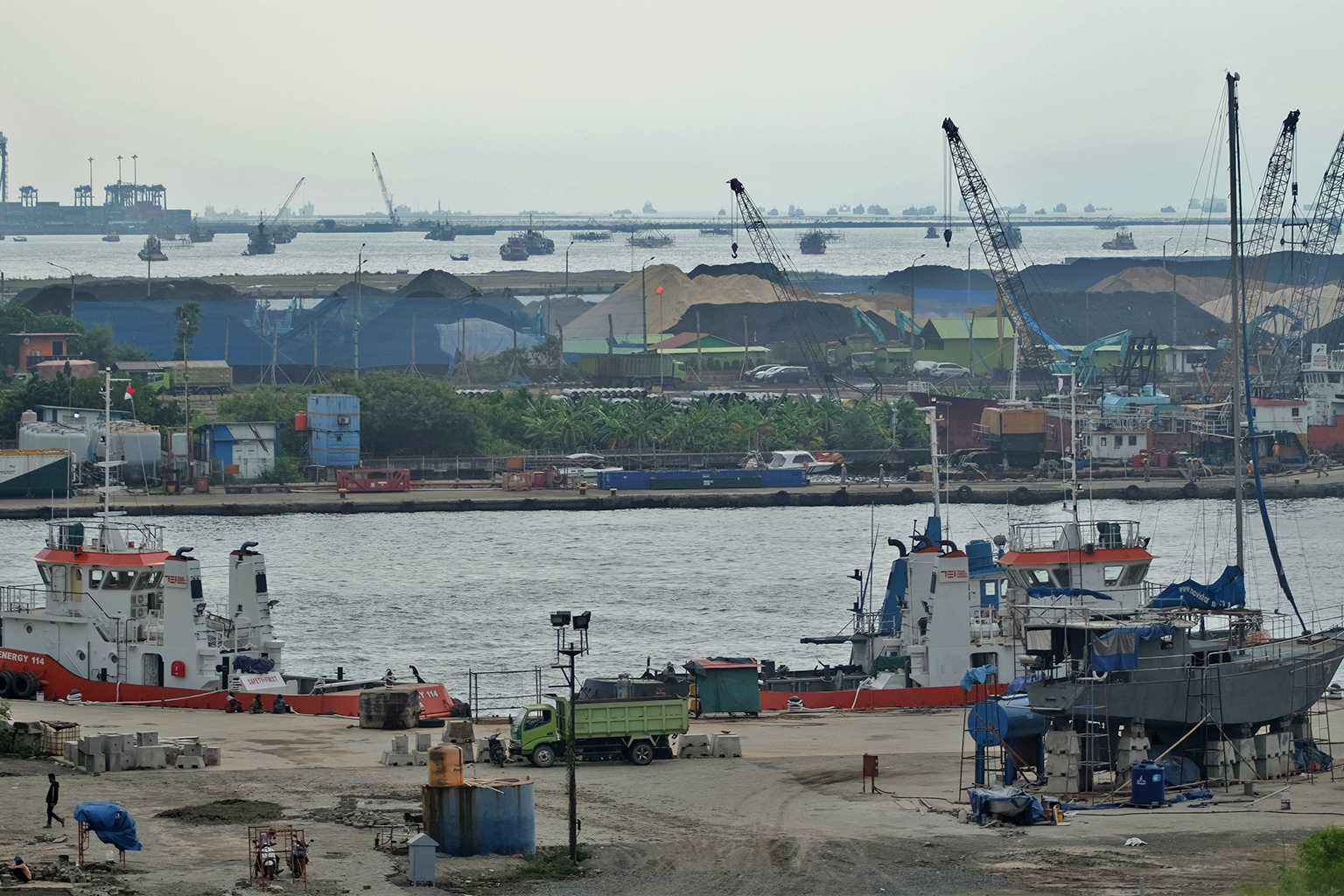
Meanwhile, Jeni’s family still struggles with the pollution in Marunda. She said she hopes for KCN and the government to resolve Marunda’s air pollution crisis. She added she’s deeply worried about how long-term exposure to coal particles will affect the well-being of her four children.
“We have the right to a healthy air and living environment,” she said. “Our hope is for our air to be cleaner, and [as such] our health would also be assured, because indirectly we all must have taken in the dust, breathing it. Or the dust sticks to our food. It gets mixed up in our meals.”
*Names have been changed to protect the privacy of minors.
Banner image: Adam, one of the residents of Rusunawa Marunda, North Jakarta, shows dust residue from KCN’s coal load and unloading activities which is located less than 500 meters from Rusunawa. Image by Wienda Parwitasari for Mongabay.






